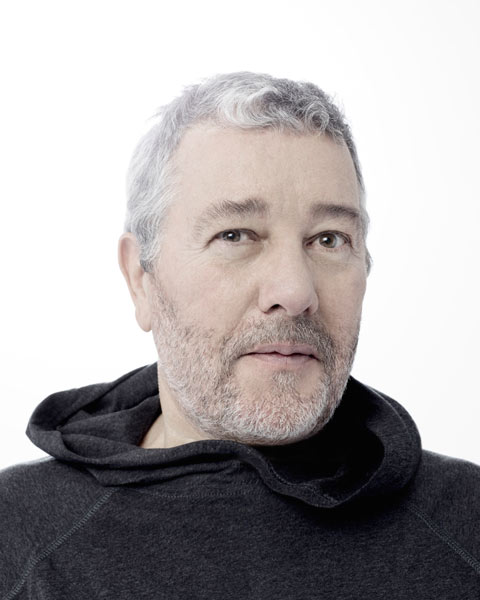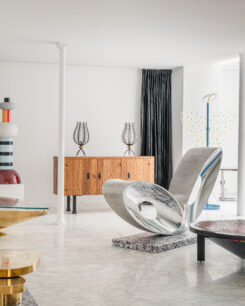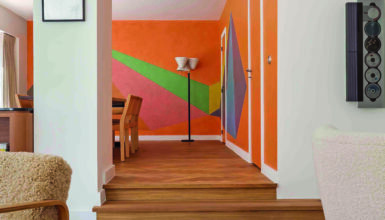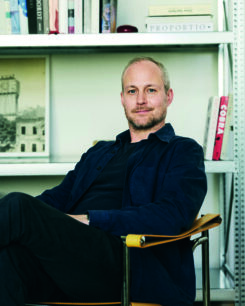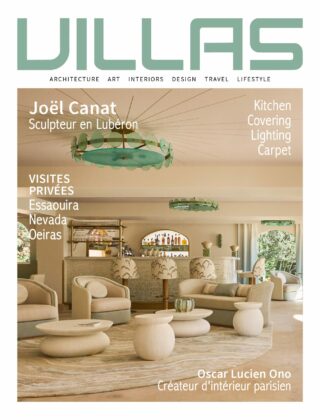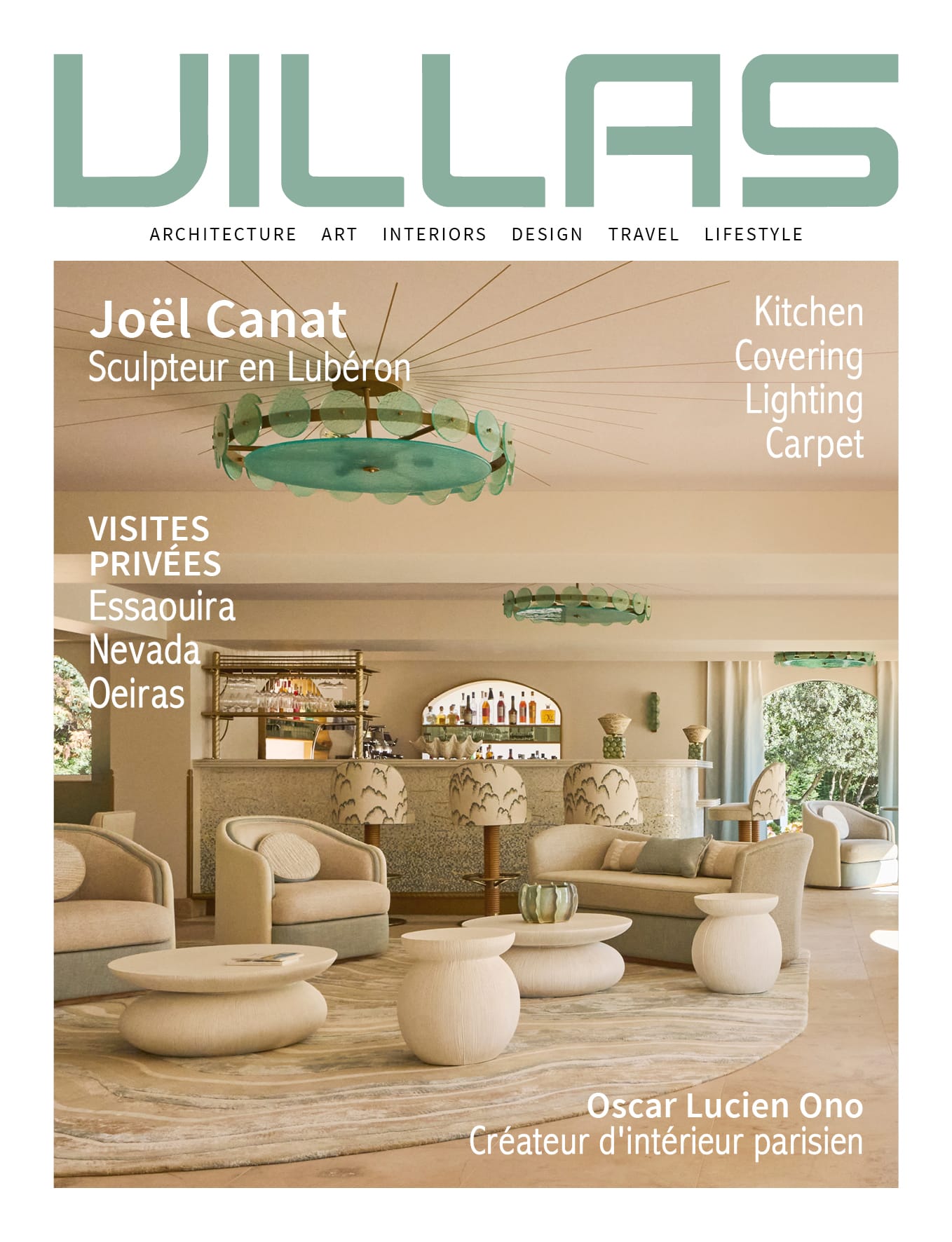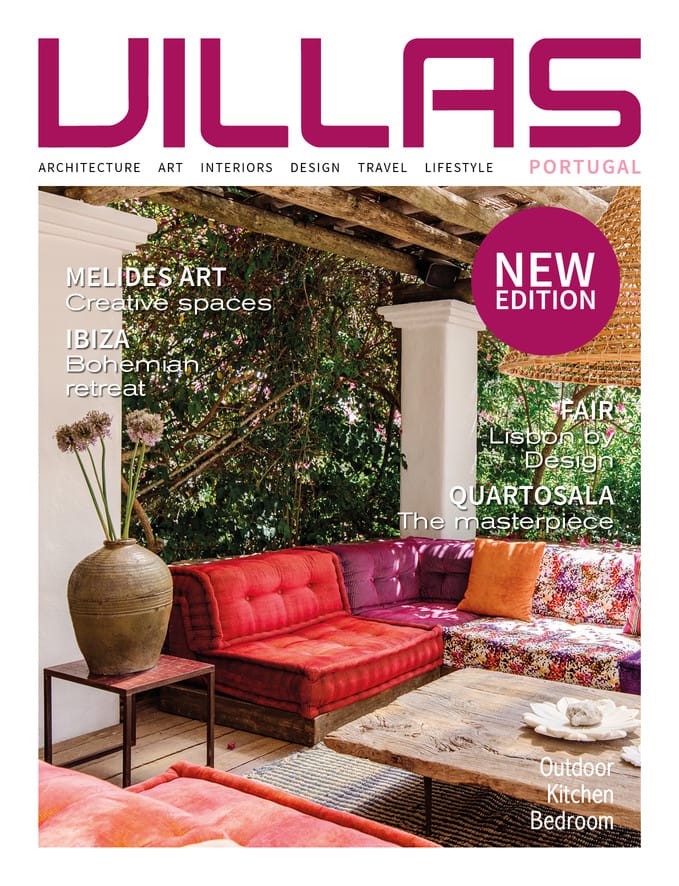Sommaire
A childhood infused with design
A talent for clever design runs in the Starck family. Philippe’s father André was an aeronautical engineer whose job consisted of making existing designs even better, a mindset that profoundly inspired his son. Spending the bigger part of his childhood behind his fathers drawing tables, the young Philippe fostered an insatiable appetite for designing. He’s often heard saying his father ‘made invention a duty’. Starck honed his design skills at the Ecole Camondo in Paris, and soon afterwards caught the eye of none other than Pierre Cardin, who made him art director of his furniture company in 1969.
On the way to world fame
During the 1970s, Starck ventured into the world of interior design and decorated stylish Parisian nightclubs such as La Main Bleue and Les Bains Douches. In 1979 he founded his first industrial design company Starck Product, which he later renamed Ubik, after the famous science fiction novel by Philip K. Dick. Soon enough the French wünderkind worked with some of the most prominent design manufacturers on the planet, such as Alessi, Kartell and Vitra. But Starck’s star really rose to fame in the eighties when the French President François Mitterand selected him to redecorate his private quarters at the Elysée Palace. This prestigious assignment took Starck’s career to the next level and made him known to the general public.
The rock star of the design world
Philippe Starck’s name and creations were ubiquitous during the decadent 1980s. The designer entered into a successful collaboration with hotelier Ian Schrager, the co-founder of the iconic Studio 54 and together they put hotels such as the Delano in Miami and the Mondrian in Los Angeles on the map. Starck’s hotel designs were characterized by unusual and funny details, often treading the thin line between stylish and tacky, but always innovative and original. He never stopped designing hotels and restaurants, one of his most recent projects being Le Brach, an elegant five star at a stone’s throw of the Eiffel Tower, where he created an ‘unusual place of life and culture’, in an updated 1930’s style.

V+ Electric car | Volteis
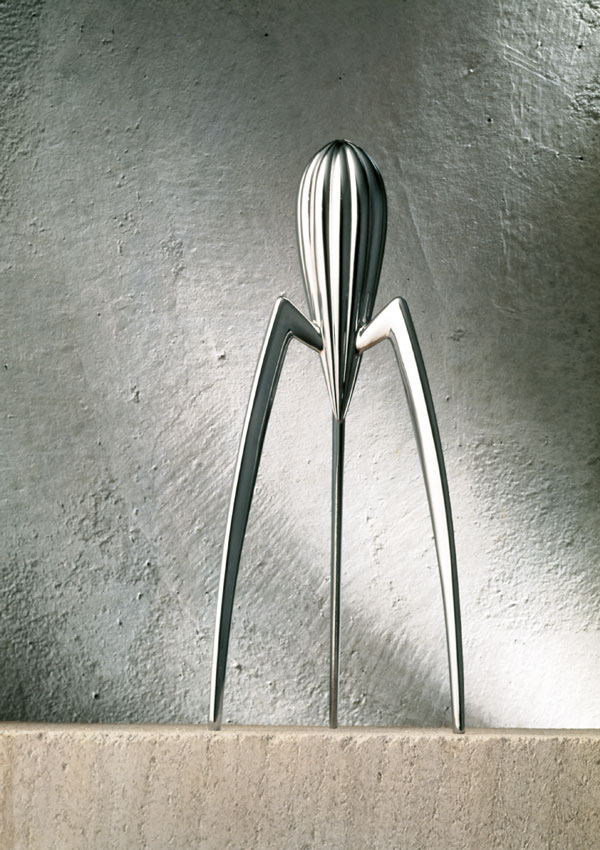
Juicy Salif | Alessi
An oeuvre bursting with iconic design
During his lengthy career, Starck has created more than ten thousand designs, from toothpicks and pasta to complete restaurants. However, his recognizable, contemporary style easily connects many of his designs. They generally share an aerodynamic look, curvaceous shapes, smooth textures and unusual material combinations and are often infused with a quirky sense of humour. Starck is also known for his remarkable design approach. Whereas at the start of his career he was considered rather subversive and provocative by creating anti-design, he nowadays leans towards a rather formal style that has an ecological edge. One of the highlights of his lengthy career is the revolutionary design of the Parisian Café Costes in 1984, which gave an innovative impulse to the French café culture. A mere six years later, no fewer than 400,000 copies of the Costes chair had been sold. The iconic citrus squeezer Juicy Salif that he designed for Alessi and the lucite Louis Ghost chair for Kartell are also part of today’s collective design memory. However, there is one common denominator that connects his myriad of diverse creations: all products are beautiful, useful and accessible to as many people as possible.
A democratic design philosophy
For Starck it was clear from the start that his designs would not be intended for a select elite audience. He had a more democratic philosophy in mind, which he describes as “Improving the quality while striving to make it accessible to the greatest number of people, at affordable prices.” This vision led to a collaboration with the American retail chain Target in 2002, for whom he devised the Starck Reality collection, consisting of over fifty everyday utensils, ranging from toothbrushes to hair dryers and tape dispensers. Another example of this philosophy is the affordable and prefabricated Starck House he created in 1994, in collaboration with the then omnipresent postorder catalogue 3 Suisses.
Dreaming of a better world
Another concept Starck strongly opposes is l’art pour l’art. A product must first and foremost be useful. “Whether it’s a toothbrush, an airplane or a chair, it’s always the same philosophy: to think about what the user will gain”, he states. His designs must also contribute to a better world. Starck was one of the first to imagine concepts of hydrogen cars, solar boats or wind turbines for individuals. He swears by the adage “getting the most out of less” and tries to use as little raw materials and energy as possible. He also refuses to work for companies that are harmful to nature or to humans, such as the oil, tobacco and alcohol industry.
Eyes on the future
Philippe Starck has a legacy most designers can only dream of, but the 72-year-old genius is not thinking of retiring just yet. He recently designed a sustainable chair for the Spanish furnishing brand Andreu World that will be debuted during the Milan Design week 2021 and he is currently working on a futuristic hotel high up in the Parisian sky, which will open its doors next spring. A striking example of Starck’s visionary and inventive mind that never stops creating. In the words of the iconic designer: “There is no work in my life! There’s only playing, curiosity, generosity and vision.”
